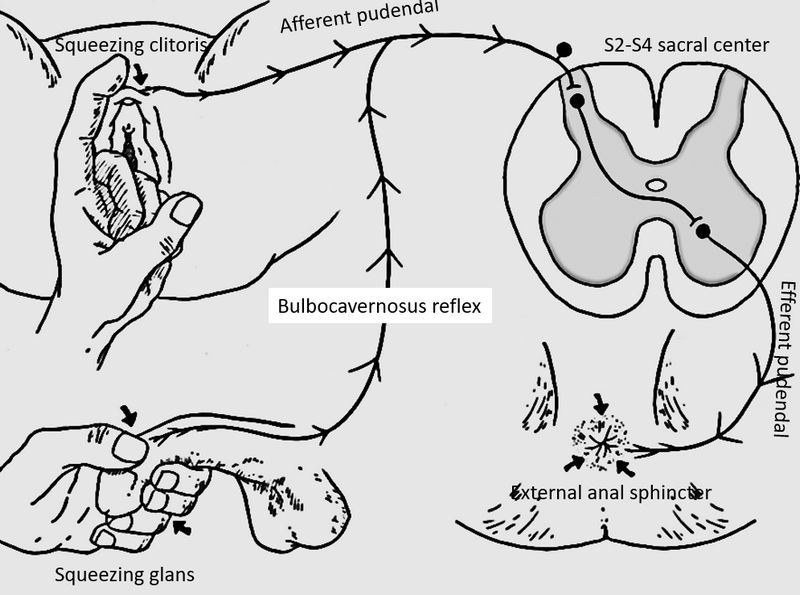Synonyms: Bulbospongiosus reflex (BSR), Osinski reflex Reflex arc: a. Stimulus: Briskly squeezing glans penis or clitoris or Tugging Foley’s catheter (pulling the balloon of foley’s catheter against the bladder neck) b. Afferent: Sensory fibers of pudendal nerve c. Reflex center: S2-S4 spinal segments (Polysynaptic) d. Efferent: Motor fibers of pudendal…
Tag: Nervous system
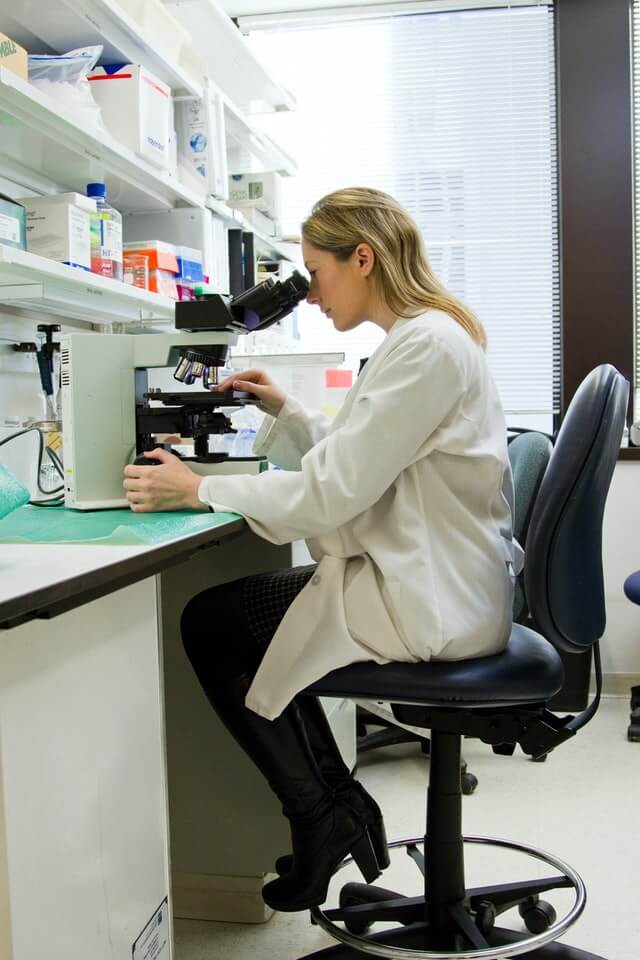
The Use of Stem Cell Treatment in Patients with Cerebral Palsy
At present, nearly 10,000 babies are born with cerebral palsy (CP) every year, with an estimated 764,000 children and adults displaying at least one symptom of the condition, according to the Cerebral Palsy Alliance. While significantly less data is available pertaining to the incidence of CP in Nepal, the symptoms, causes, and…
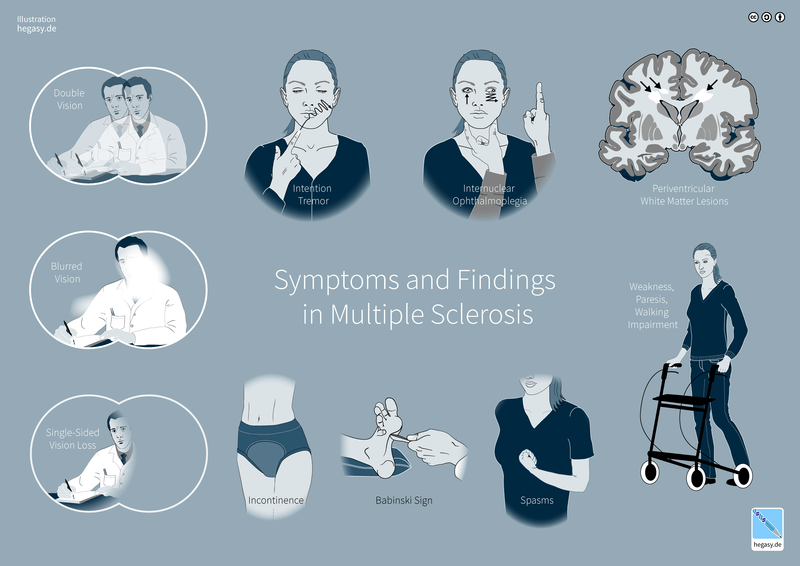
Tips to help you cope with the pain of Multiple Sclerosis
People with multiple sclerosis (MS) will inevitably face pain at some time in their journey. Unfortunately, there is no one relief that works for all. However, there are a variety of things you can try to help. Continue reading for our top tips which we hope will help you to…
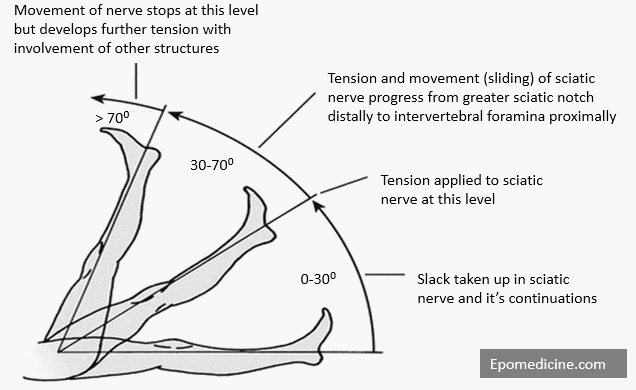
Straight Leg Raising Test (SLRT) – Pathophysiology
Epineurium of sciatic nerve (like all other nerves) is continuous with the duramater withing the spinal canal which is firmly attached to the foramen magnum above and the filum terminale below. In the elastic neuromeningeal pathway, tension applied at one point will spread through out the length of spine until…
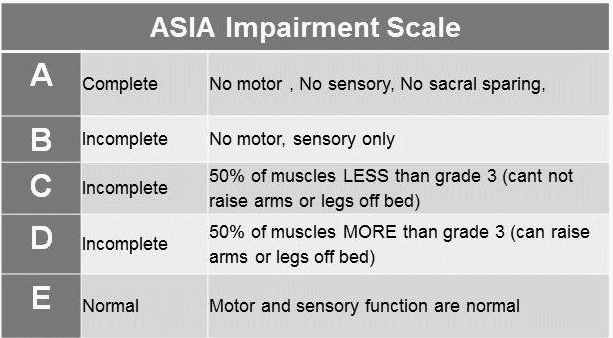
Simplified ASIA Impairment Scale
Check S4-5 S4-5: Perianal area <1 cm lateral to the mucocutaneous junction (taken as one level) 1. Sensory (-) and Motor (-): AIS A (Complete)i.e. N-0-0-0-0-N sign (No sacral sparing) 2. Sensory (+) and Motor (-): AIS Bi.e. Sensory (+) means any sensation present in S4/S5 or anal sensation Motor…
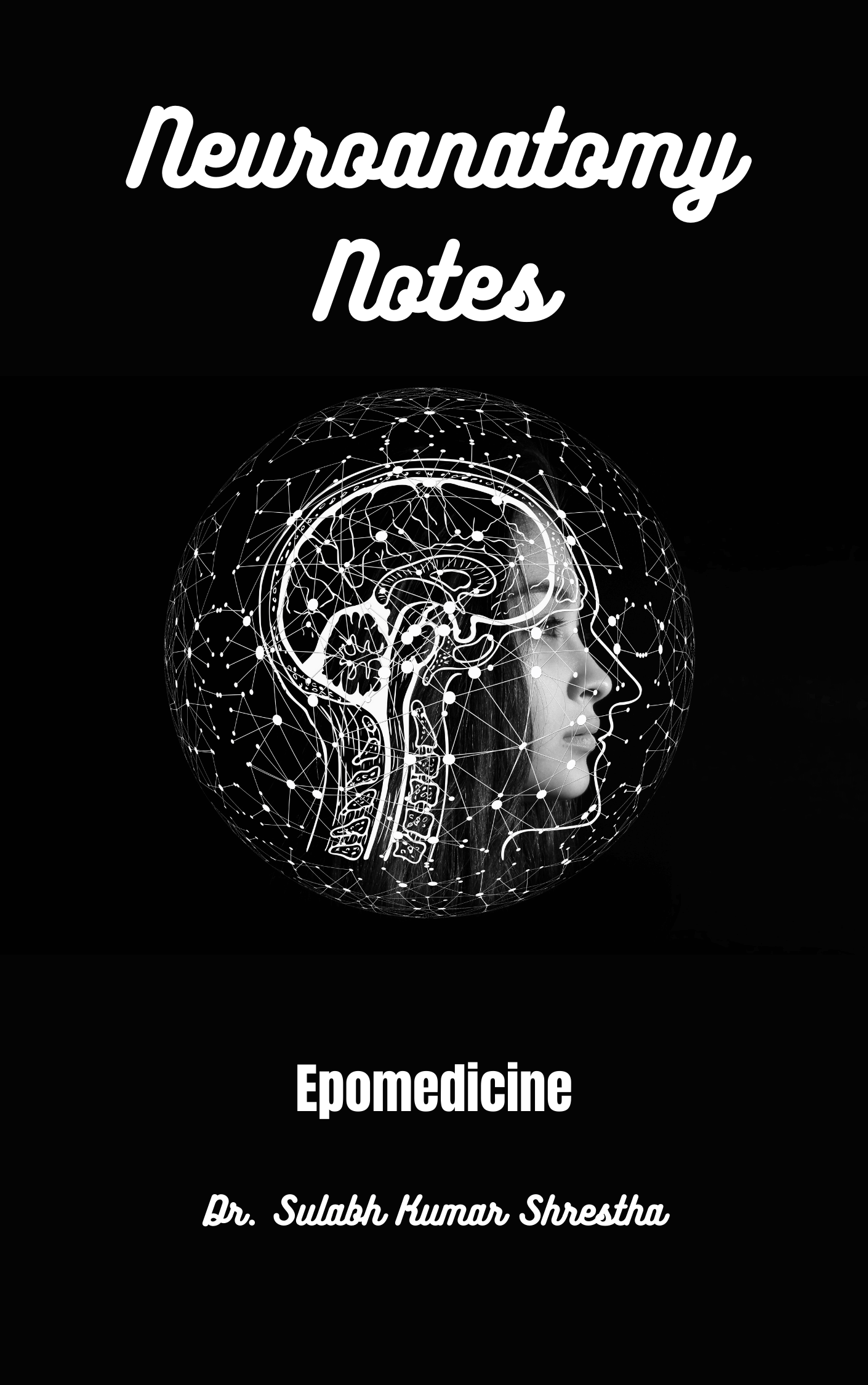
Neuroanatomy Notes
This is a compilation of high yield topics on neuroanatomy with visual mnemonics and illustrations targeted for undergraduate medical students who find difficulty in conceptualizing the nervous system. Author: Dr. Sulabh Kumar Shrestha Key features: Covers clinically and academically important topics Schematic diagrams Visual mnemonics Useful for medical students, PG…

Some Neurology Mnemonics
FALLS – indications for CT BRAIN A: Age > 65, Amnesia > 30 minutes before impact B: Bringing up = vomiting > 1 (once) C: Coagulopathy (hx) D: Dangerous mechanisms: > 1 m or 5 stairs, PVA, Cyclist, Ejection E: Epileptic fit (post traumatic) F: Fracture: open, depressed, skull base…

Acute Stroke Management : Mnemonic Approach
Mnemonic: BRAIN ATTACK a. Blood pressure: Antihypertensives are recommended only in following conditions: SBP >220 mmHg, DBP >120 mmHg or MAP >130 mmHg (Target SBP reduction by 15% in 1st 24 hours) End organ damage: Acute MI, Aortic dissection, Hypertensive encephalopathy, Severe left ventricular failure Candidates for thrombolysis: SBP >185…
